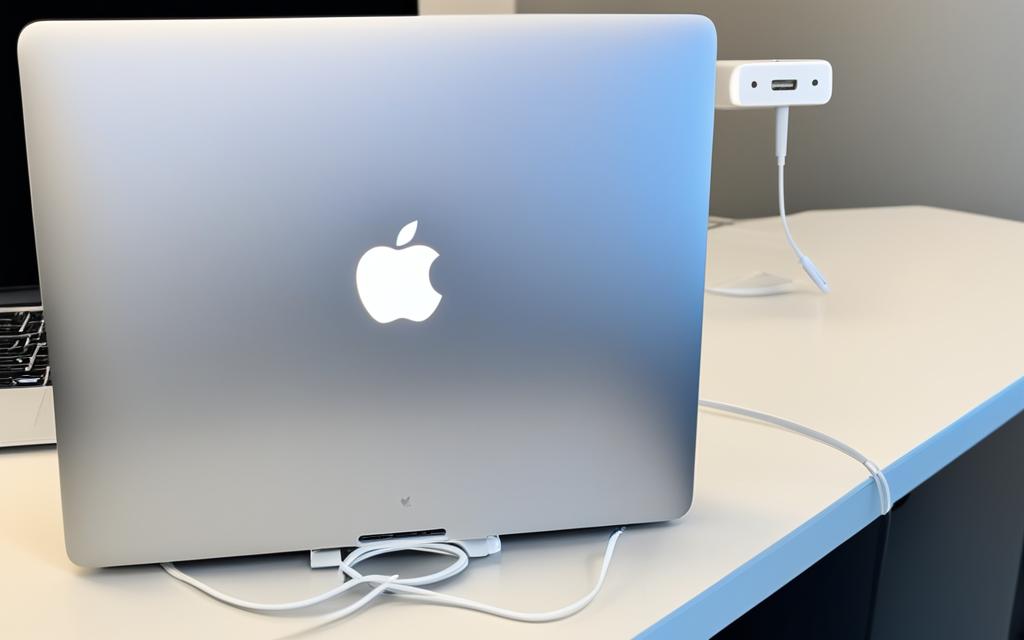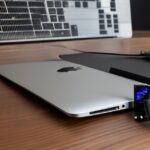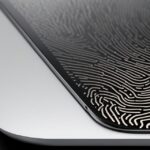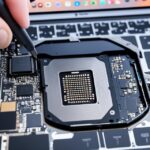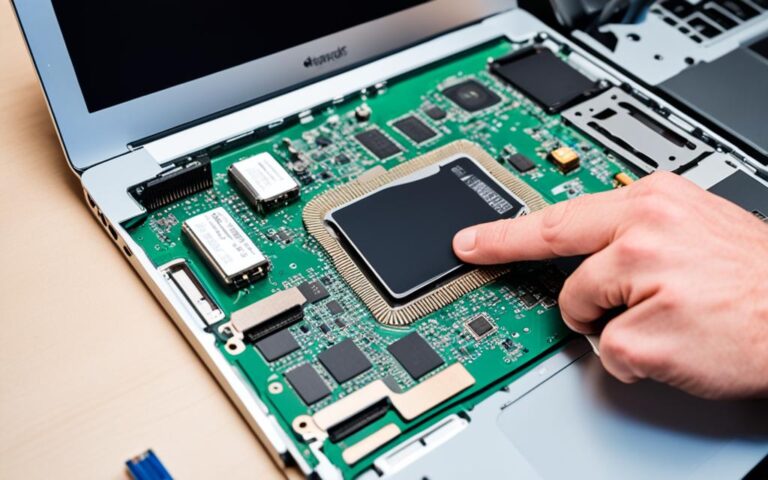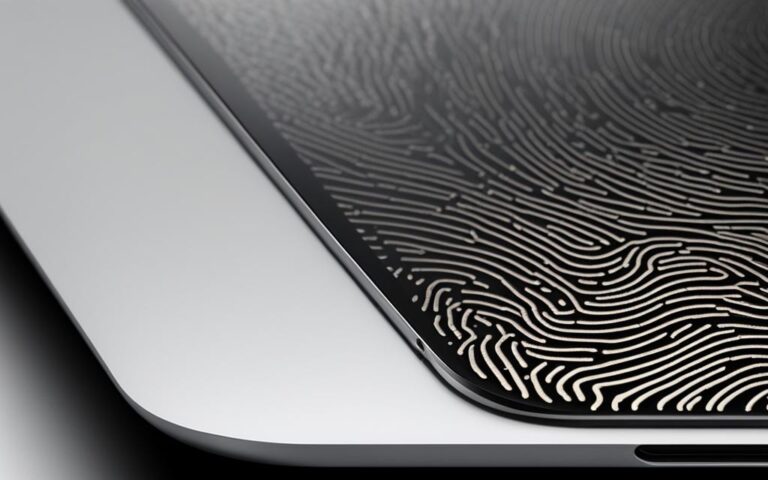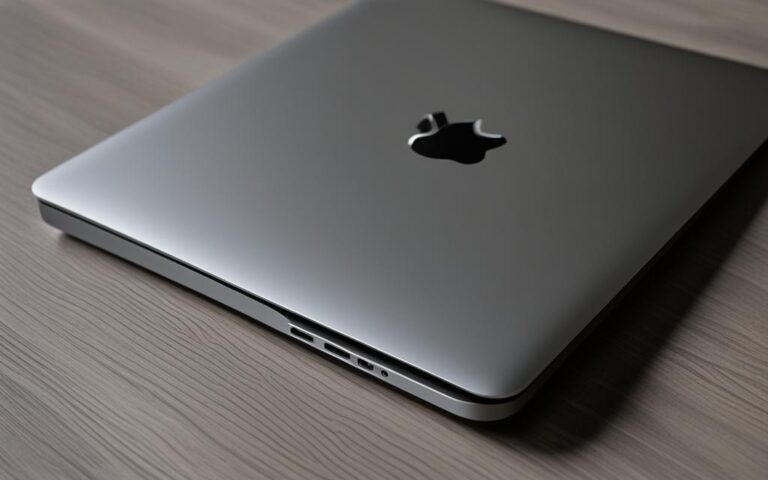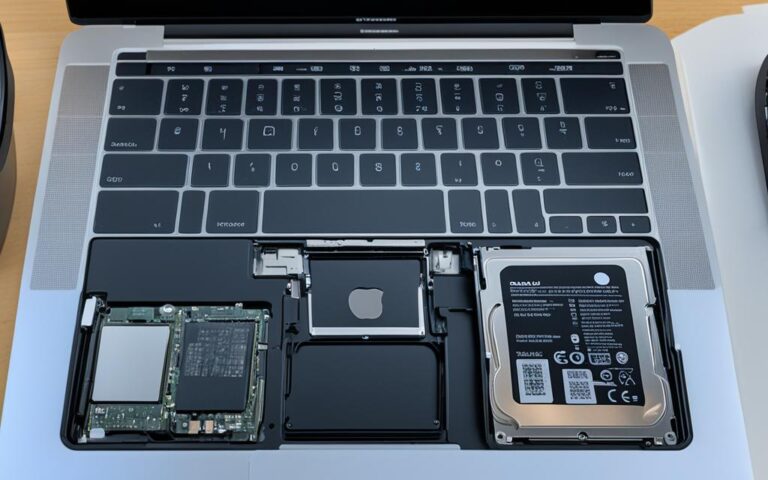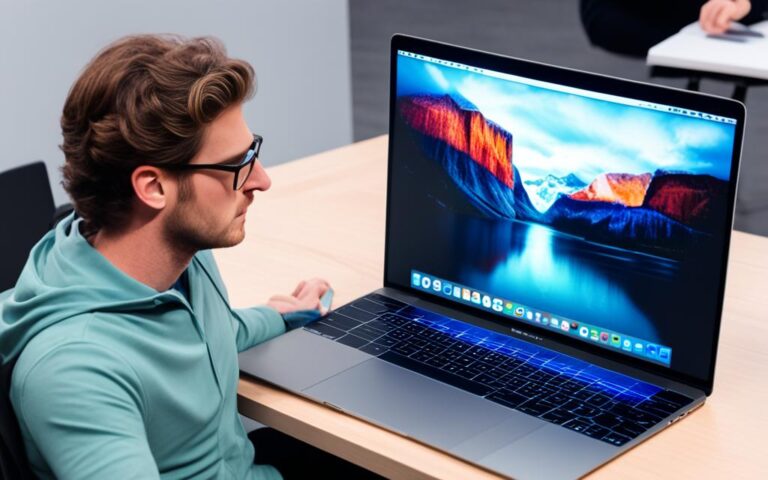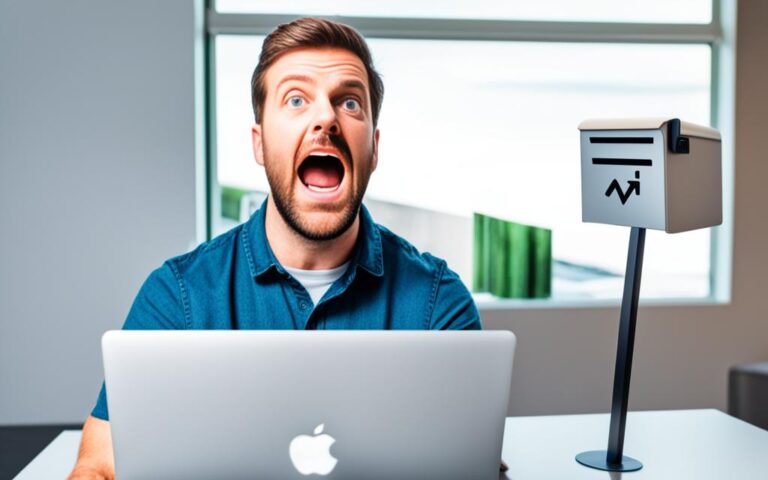MacBook Pro MagSafe Charging Issues
If you’re experiencing issues with charging your MacBook Pro using the MagSafe adapter, there are several factors you can check to troubleshoot the problem. This includes identifying the type of MagSafe cable or adapter you have, checking the power source and adapter wattage, and looking for any line noise issues.
It’s important to ensure that the MagSafe connector and port are free from debris and to reset the SMC if necessary. If these steps don’t resolve the issue, it may be necessary to seek further assistance or consider purchasing a new cable or adapter.
Continue reading to learn more about identifying your MagSafe cable or adapter, checking the power source and adapter wattage, and troubleshooting line noise issues that may affect the charging process.
Identifying Your MagSafe Cable or Adapter
There are different types of MagSafe connectors available for various MacBook models. It is crucial to identify the specific type of MagSafe cable or adapter you have to ensure compatibility with your device. Let’s take a closer look at the different options:
MagSafe 3 Connector
The latest MagSafe 3 connector is designed for newer MacBook models. To charge your MacBook with a MagSafe 3 connector, you will need a USB-C to MagSafe 3 Cable and a USB-C power adapter. This combination provides a reliable and efficient charging solution.
MagSafe 2 Connector
If you have an older MacBook model, it likely uses the MagSafe 2 connector. To power your MacBook with a MagSafe 2 connector, you have two options. Firstly, you can use a MagSafe 2 power adapter, which is specifically designed for this connector. Alternatively, you can use a MagSafe power adapter connected with a MagSafe to MagSafe 2 converter, allowing you to charge your device.
L-Style and T-Style MagSafe Connector
There are also two different styles of MagSafe connectors known as L-Style and T-Style connectors. L-Style MagSafe connectors feature an L-shaped design, while T-Style connectors have a T-shaped design. The specific style you have will depend on the model of your MacBook. Please refer to your MacBook’s user manual or Apple’s website to identify whether your device uses an L-Style or T-Style MagSafe connector.
Understanding which MagSafe cable or adapter you have is essential for ensuring proper charging functionality. It allows you to select the correct charging options and prevent any compatibility issues. Now that you know how to identify your MagSafe connector, let’s move on to the next section to learn more about checking the power source and adapter wattage.
Checking the Power Source and Adapter Wattage
To ensure that your MacBook is charging properly, it’s important to check the power source and confirm that the correct wattage power adapter is being used. Follow these steps to ensure a smooth charging experience:
Step 1: Check the Power Source
Connect your power adapter to a working plug socket and test it with a known-good device, such as a lamp or clock, to confirm that it turns on correctly. If the plug socket is functioning properly, proceed to the next step.
Step 2: Connect the Power Adapter
Connect your power adapter to the verified working plug socket and then connect it to your MacBook. Ensure that the connection is secure and try charging your Mac. If your MacBook still isn’t charging, proceed to the next step.
Step 3: Troubleshooting
If your MacBook is not charging despite the power source being fine, try the following troubleshooting steps:
- Shut down your MacBook.
- Close the display for 30 seconds.
- Reopen the display.
- Attempt to charge your MacBook again.
If the issue persists, it is recommended to reset the System Management Controller (SMC) for Intel-based Macs. Resetting the SMC can help resolve power-related issues.
Step 4: Using the Correct Wattage Power Adapter
Using the correct wattage power adapter that came with your Mac laptop is crucial for optimal charging. Using an adapter with a lower wattage than recommended may result in slower charging or inability to charge your MacBook. Refer to the table below to determine the correct wattage power adapter for your MacBook model:
| MacBook Model | Recommended Adapter Wattage |
|---|---|
| MacBook Air (M1, 2020) | 30W USB-C Power Adapter |
| MacBook Air (Retina, 13-inch, 2020) | 30W USB-C Power Adapter |
| MacBook Pro (13-inch, M1, 2020) | 61W USB-C Power Adapter |
| MacBook Pro (Retina, 13-inch, Late 2012 – Early 2015) | 60W MagSafe Power Adapter |
| MacBook Pro (Retina, 15-inch, Mid 2012 – Mid 2015) | 85W MagSafe Power Adapter |
Using the correct wattage power adapter will ensure efficient and safe charging for your MacBook.
Checking for Line Noise Issues
Line noise issues can sometimes interfere with the charging process. This can occur when the AC adapter’s over-voltage protection feature senses ground noise and turns off the adapter. Potential sources of line noise include lights with ballasts and refrigerators or mini-refrigerators on the same electrical circuit.
To check for line noise issues, follow these steps:
- Unplug the AC adapter from the wall
- Wait for 60 seconds
- Plug the AC adapter back in
If the AC adapter works after this rest period, it’s likely that line noise is the cause. To prevent this issue, try plugging the AC adapter into an uninterruptible power supply (UPS) or a different circuit. This can help eliminate potential line noise that may be present in the current circuit.
If the AC adapter continues to turn off when connected to a known-good socket, it’s recommended to take it to an Apple Authorised Service Provider or Apple Store for further evaluation.
| Noise Source | Potential Impact on Charging |
|---|---|
| Lights with Ballasts | May cause line noise interference and turn off the AC adapter |
| Refrigerators or Mini-Refrigerators on the Same Electrical Circuit | Possible source of ground noise that can interrupt charging |
Conclusion
Troubleshooting MagSafe charging issues on a MacBook Pro can require several steps. Start by identifying the correct MagSafe connector for your model. Then, check the power source and confirm that the adapter wattage is appropriate. Be sure to clean the MagSafe connector and port to avoid debris buildup that could affect charging. If the issue persists, consider resetting the SMC or seeking assistance from an Apple Authorised Service Provider or Apple Store. In some cases, purchasing a new cable or adapter may be necessary if the original one is no longer functioning properly.
By following these troubleshooting steps, you can resolve MacBook Pro MagSafe charging issues and ensure that your device remains powered up without any interruptions. Keeping your MacBook Pro charging reliably is essential for uninterrupted productivity and peace of mind.
If you’re experiencing any difficulty with your MacBook Pro charging, addressing the issue promptly is crucial. With the right steps and resources, you can overcome charging problems and get back to using your MacBook Pro to its fullest potential. Remember, a reliable charging solution is essential to keep your MacBook Pro ready for whatever tasks lie ahead.
